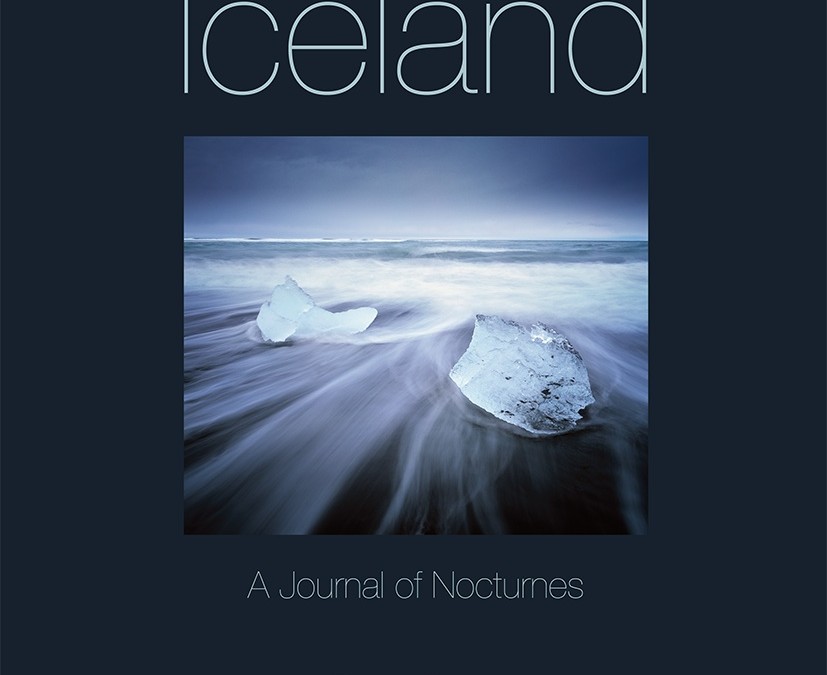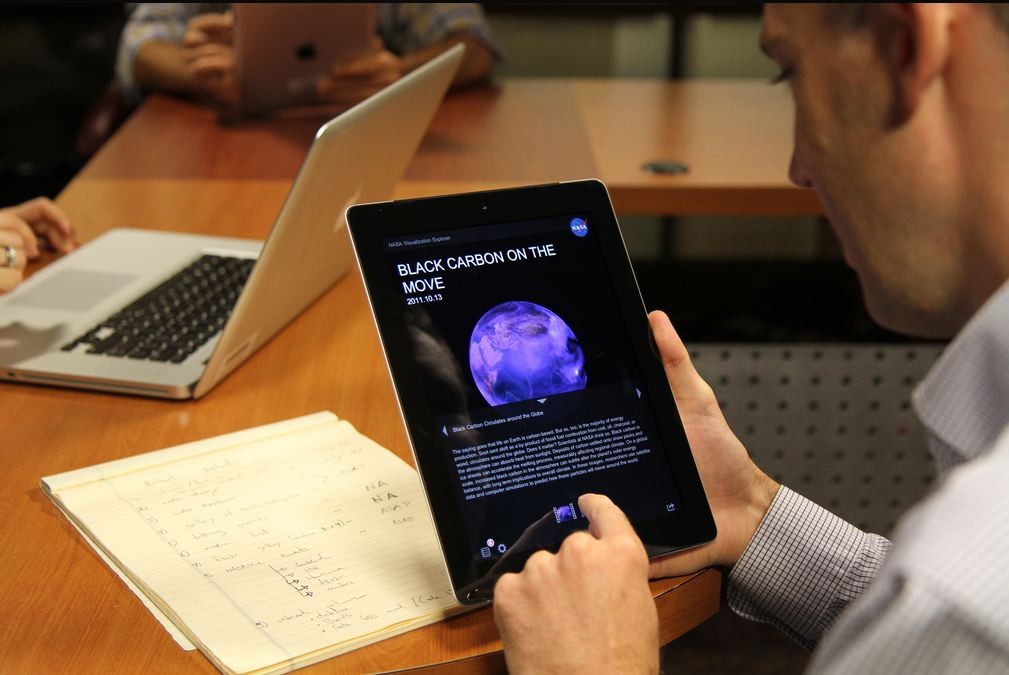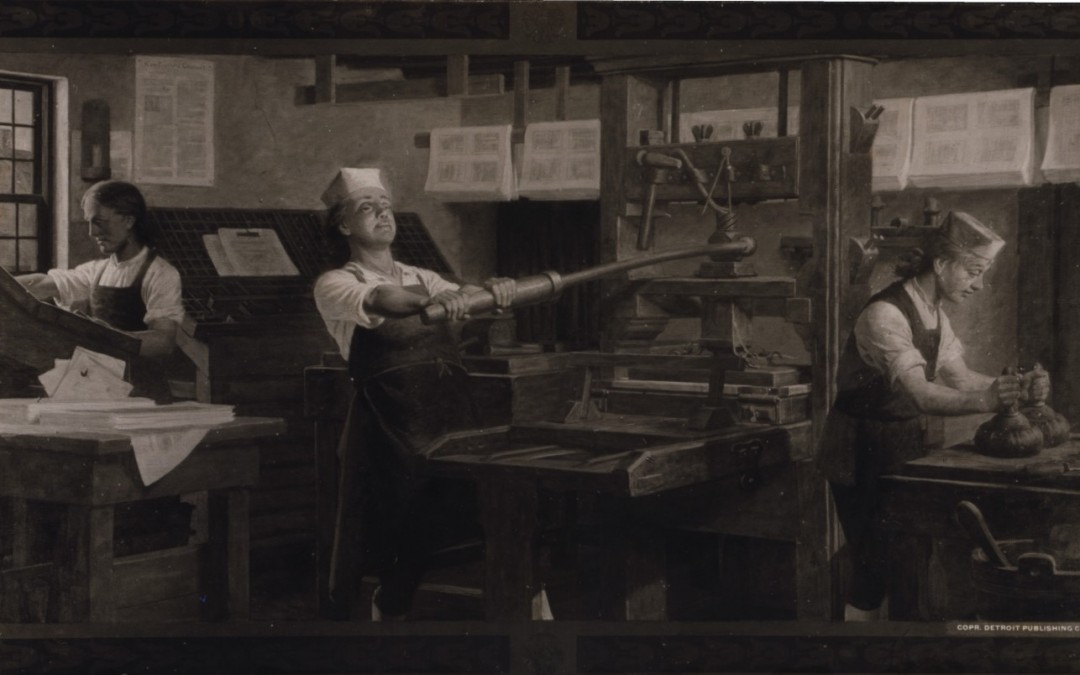
by John Jerney | Mar 30, 2012 | Learn
The old saw goes something like this: “You can’t judge a book by its cover.” Now I’m not one to question your elementary school English teacher’s wisdom (though the original expression was actually “You can’t judge a book by its binding”). I get it. But when it comes...

by John Jerney | Mar 30, 2012 | Learn
T oday’s ereaders are amazing devices, allowing people to carry hundreds or thousands of books, reformat text size on demand, and help look up unfamiliar words. More advanced ereaders even play audio and video, and feature seamless integration with the web....

by John Jerney | Mar 1, 2012 | EPUB, Learn
Unlike Amazon’s AZW/MOBI format, EPUB is an open standard that is used in a growing number of ereaders including the Apple iPad, Barnes & Noble NOOK, and Kobo eReader, among others. The standard itself is controlled and developed by the International Digital...

by John Jerney | Mar 1, 2012 | Learn
Technically, PDF is not considered a true ebook format because it doesn’t offer reflowable text allowing readers to easily change the font and size to suit their reading conditions. This makes sense because, after all, PDF was designed from the start to serve as a...

by John Jerney | Feb 25, 2012 | Kindle, Learn
One of the most popular ebook formats—in terms of unit sales—is Amazon’s proprietary AZW format (also known as MOBI 7). AZW, which many speculate to stand for Amazon Whispernet (the cellular-based wireless service that Amazon uses to deliver books directly to...

by John Jerney | Feb 20, 2012 | Learn
All electronic books—in fact, all digital media—are stored in files using a series of conventions known as a format. The specific format (the way the information is stored in the file) lets a device, such as a computer or an ereader, make sense of the contents of the...






